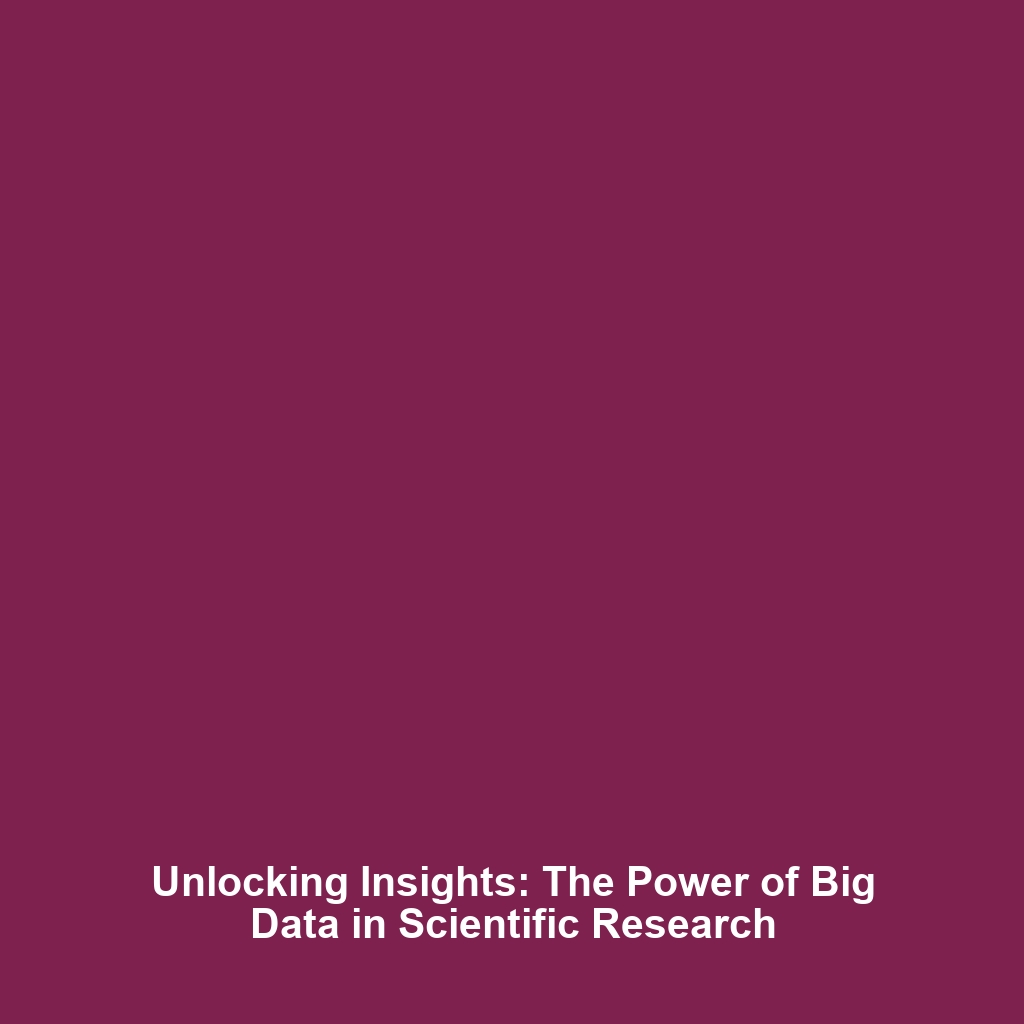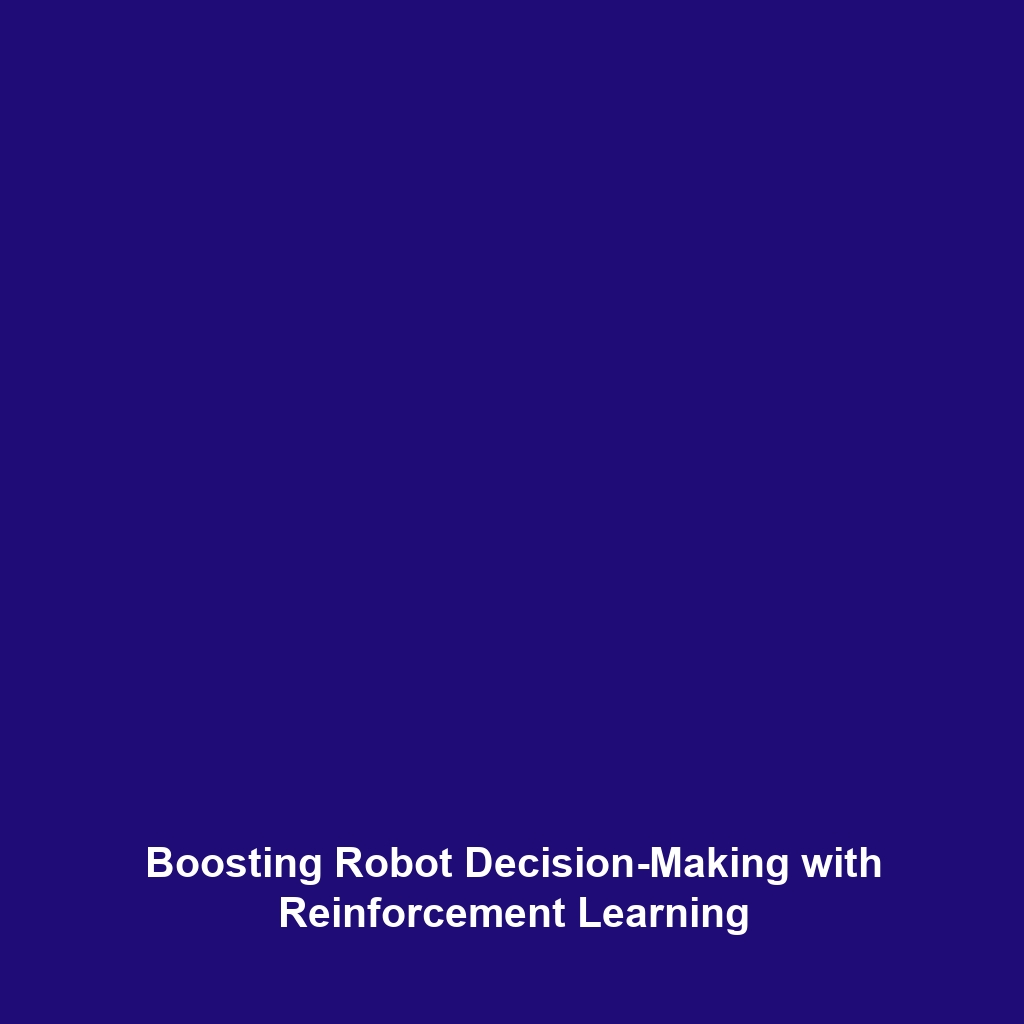Understanding Functional MRI (fMRI) in Biomechanics
Introduction
Functional MRI (fMRI) has revolutionized our understanding of brain activity by measuring changes in blood flow, providing real-time insights into cognitive processes. In the realm of biomechanics, fMRI offers invaluable data on how brain function influences movement and motor control. This technology integrates advanced imaging with principles of biomechanics to unravel the complexities of neurological functions linked to physical activity. As cognition and motion intertwine, understanding functional MRI within biomechanics becomes crucial for researchers and practitioners alike.
Key Concepts
Basics of Functional MRI
Functional MRI operates on the principle of hemodynamics, where an increase in neural activity activates a corresponding increase in blood flow to specific brain regions. This is a pivotal concept in biomechanics as it allows researchers to trace how brain signals translate into muscular and skeletal responses.
Biomechanics Integration
Biomechanics studies the mechanical aspects of living organisms, particularly how muscles and bones respond to various forces. By combining fMRI data with biomechanical measurements, researchers can analyze the coordination between brain signals and physical movements, enhancing our understanding of motor control and rehabilitation.
Applications and Real-World Uses
Functional MRI is instrumental in various applications within biomechanics, providing insights into:
- Rehabilitation: Monitoring brain activity to tailor rehabilitation programs for stroke survivors.
- Sports Science: Understanding the neurological underpinnings of athletic performance and training effectiveness.
- Clinical Diagnostics: Assessing brain function in patients with movement disorders to craft targeted therapeutic interventions.
Current Challenges
Despite its powerful capabilities, functional MRI faces several challenges in the context of biomechanics, including:
- Spatial and Temporal Resolution: Limitations in accurately pinpointing brain activation sites and timing of neural responses.
- Cost and Accessibility: High costs associated with fMRI technology can restrict its availability in certain clinical settings.
- Patient Cooperation: Difficulty in obtaining reliable data from patients who may have movement disorders or anxiety in clinical environments.
Future Research and Innovations
The future of functional MRI within biomechanics holds great promise with advancements such as:
- Enhanced Imaging Techniques: Innovations like multi-band imaging which can capture brain activity across more dimensions.
- Integration with Wearable Technology: Combining fMRI with wearable sensors to obtain comprehensive data on brain and body interactions.
- Advanced Data Analysis: Utilizing machine learning to decode complex patterns in brain activity related to motor skills.
Conclusion
Functional MRI stands as a cornerstone in the study of biomechanics, illuminating the intricate relationship between brain function and physical movement. As research continues to advance, it is vital for scientists and clinicians to explore the potential of fMRI in enhancing performance and rehabilitation in the biomechanics field. For further reading on related topics, consider exploring our articles on rehabilitation techniques and trends in sports science.








